A group of us in the Oarlock & Sail Wooden Boat Club in Vancouver, British Columbia, were looking for a new boat to build. Our requirements included room for more than two crew, stability, self-rescue capability, and exciting performance—along with beauty, of course.Our search naturally led us to the designs of the late Iain Oughtred, and we chose his Gannet, the middle size of his trio of planing dinghies. At 14′ 5″, Gannet is 2′ longer than the longest of the other club-owned boats, so would offer more space and thus more opportunity for people to enjoy sailing.Gannet is available in kit form, but we chose to build from plans and ordered a set from Oughtred Boats. The drawings, in Oughtred’s able hand, are gorgeous to look at and include full-sized drawings for molds and stem, Bermudan- or gunter-sloop, and lug or lug-yawl rig variations, as well as options for an open or half-decked hull. The plans are full of rich detail, while, at times, leave things open to interpretation—there we were aided by Oughtred’s Clinker Plywood Boatbuilding Manual.
Join The Conversation
We welcome your comments about this article. To include a photo with your remarks, click Choose File below the Comment box.

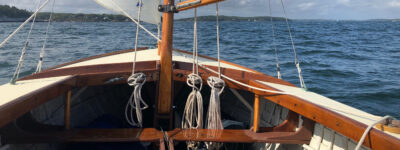
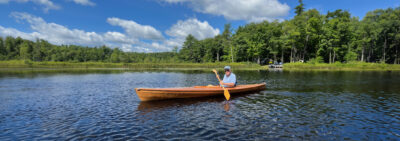
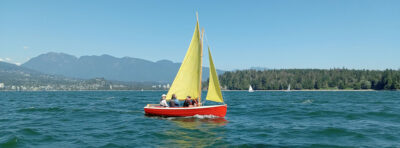

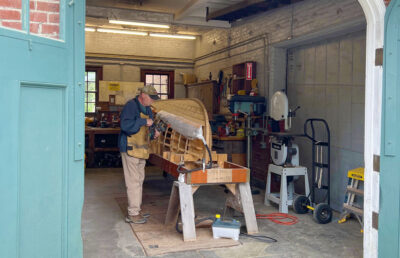
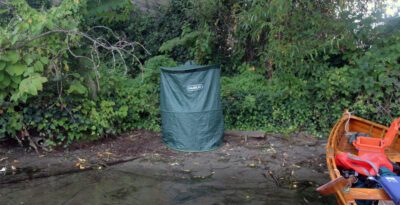


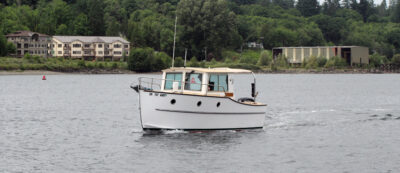
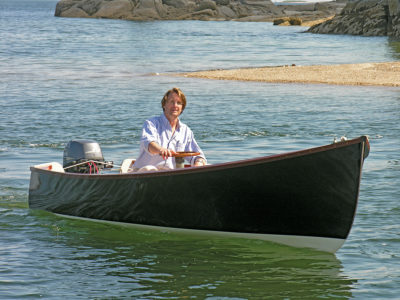
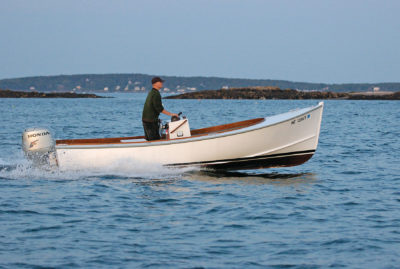

Ian’s design walks us back to the 60s when most of the planing dinghies like Wayfarers were decent day boats. The pre trapeze for everyone days. Test of self rescue would be good, as some of the boats of this era even with self bailing were not easy to self rescue…. think of a Thistle. Keel stepping the mast is an excellent adaptation to the design as it makes it possible to drop the mast if rowing for a day is in the cards: makes camp cruising feasible. Long spars can become bowsprits.
Why is the main sheet attachment canted to the port side?
Hi Cliff, do you mean in the (somewhat messy) interior shot? The mainsheet block is attached to the centreboard trunk with a pad eye and shackle, and is just flopped over.